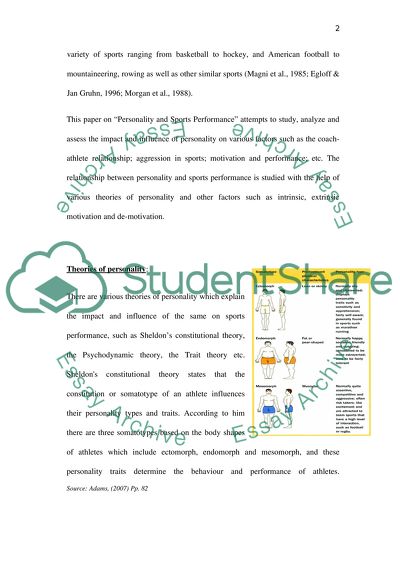Cite this document
(“Personality in Sport and Performance Essay Example | Topics and Well Written Essays - 1500 words”, n.d.)
Retrieved from https://studentshare.org/psychology/1438931-personality-in-sport-and-performance
Retrieved from https://studentshare.org/psychology/1438931-personality-in-sport-and-performance
(Personality in Sport and Performance Essay Example | Topics and Well Written Essays - 1500 Words)
https://studentshare.org/psychology/1438931-personality-in-sport-and-performance.
https://studentshare.org/psychology/1438931-personality-in-sport-and-performance.
“Personality in Sport and Performance Essay Example | Topics and Well Written Essays - 1500 Words”, n.d. https://studentshare.org/psychology/1438931-personality-in-sport-and-performance.


